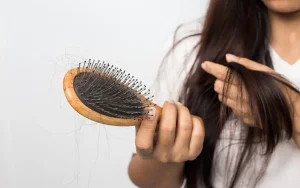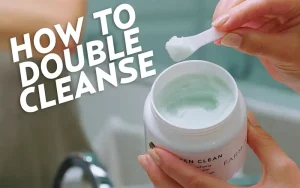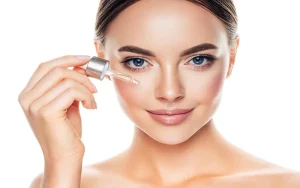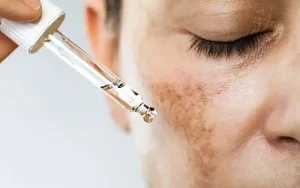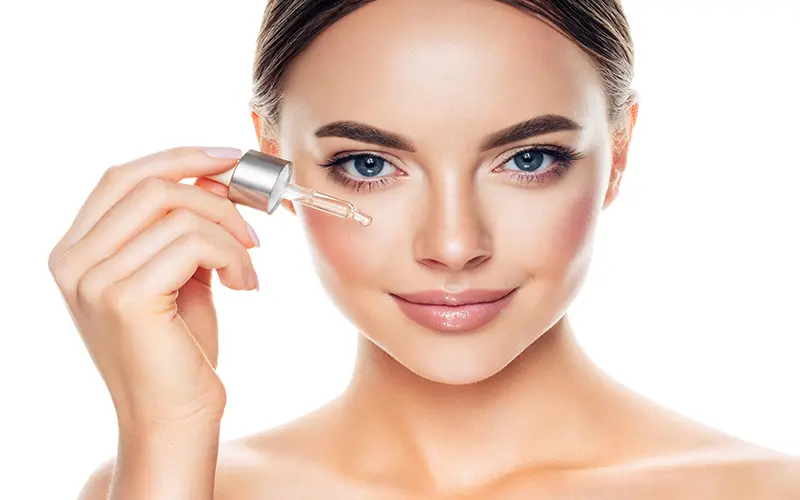Retinol is one of the most researched and recommended ingredients in skincare—and for good reason. Derived from vitamin A, this powerhouse compound has been praised for its ability to fight signs of aging, treat acne, and improve overall skin texture. In this guide, we’ll explore retinol benefits, potential side effects, and how to use it safely for the best results.
What Is Retinol?
Retinol is a type of retinoid, a derivative of vitamin A, commonly found in over-the-counter and prescription skincare products. It works by speeding up cell turnover and promoting collagen production, which makes it highly effective in treating a variety of skin concerns.
Top Retinol Benefits
1. Reduces Fine Lines and Wrinkles
One of the most popular retinol benefits is its anti-aging effect. It helps diminish the appearance of fine lines and wrinkles by boosting collagen production and improving skin elasticity.
Recommended Products: Medusa Cleaners
2. Treats Acne
Retinol helps unclog pores and reduce inflammation, making it a powerful ingredient for preventing and treating acne breakouts.
3. Improves Skin Texture
Regular use of retinol smooths rough patches and evens out skin tone, contributing to a more youthful and radiant appearance.
4. Fades Hyperpigmentation
Another of the major retinol benefits is its ability to fade dark spots, sun damage, and post-acne marks through increased cell turnover.
5. Minimizes Pore Size
With consistent use, retinol can reduce the appearance of enlarged pores, giving the skin a smoother and more refined look.
Recommended Products: Medusa Tonics
Side Effects of Retinol
Despite its many benefits, retinol can cause irritation—especially when first introduced. Common side effects include dryness, redness, peeling, and sensitivity to sunlight. These side effects usually decrease as your skin builds tolerance.
How to Use Retinol Safely
To avoid irritation and get the most out of retinol benefits, follow these guidelines:
- Start slow: Use retinol 2–3 times a week and gradually increase frequency.
- Use at night: Retinol breaks down in sunlight, so apply it in your nighttime routine.
- Moisturize well: Always follow with a gentle moisturizer to minimize dryness.
- Wear sunscreen: Since retinol increases sun sensitivity, daily SPF is essential.
What Age Should You Start Using Retinol?
Most dermatologists recommend introducing retinol in your mid-to-late 20s as a preventive measure against early signs of aging. However, those with acne-prone skin may benefit from starting earlier under professional guidance.
Can You Use Retinol with Other Skincare Ingredients?
Yes—but with caution. Retinol works well with hydrating ingredients like hyaluronic acid and ceramides. However, it should not be used simultaneously with strong exfoliants like AHAs, BHAs, or vitamin C (unless formulated together), as this can increase irritation.
How Long Until You See Retinol Benefits?
Visible retinol benefits usually appear after 6–12 weeks of consistent use. Early improvements may include smoother texture and fewer breakouts, while long-term results often involve reduced fine lines and hyperpigmentation.
Recommended Article:
Final Thoughts
When used correctly, retinol benefits far outweigh its temporary side effects. It’s a proven ingredient for clearer, smoother, and younger-looking skin. Just remember: consistency, patience, and sun protection are key. By using retinol wisely, you’ll be on your way to achieving visible, long-term results.
FAQs
1. Can retinol be used on sensitive skin?
Yes, but start with a low concentration and use it gradually to minimize irritation.
2. Is it normal to experience peeling when using retinol?
Yes, mild peeling is common as your skin adjusts, but it should improve with time.
3. Can I use retinol during the day?
No, retinol breaks down in sunlight and can increase sun sensitivity, so it’s best used at night.

